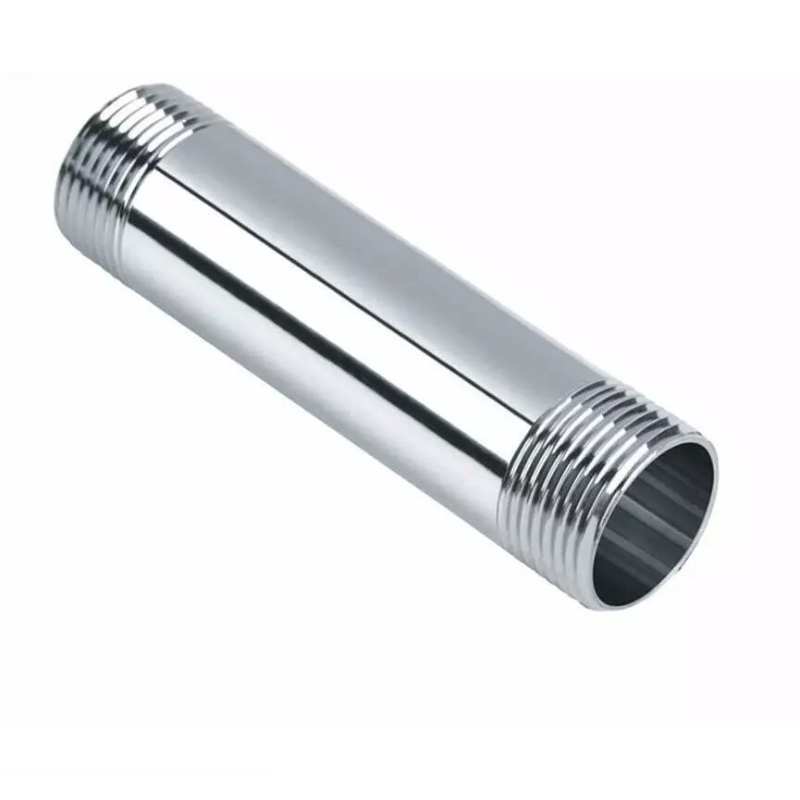-
Cangzhou Yulong Steel Co., Ltd.
-
Phone:
+86 13303177267 -
Email:
admin@ylsteelfittings.com
- English
- Arabic
- Italian
- Spanish
- Portuguese
- German
- kazakh
- Persian
- Greek
- French
- Russian
- Polish
- Thai
- Indonesian
- Vietnamese
- Zulu
- Korean
- Uzbek
- Hindi
- Serbian
- Malay
- Ukrainian
- Gujarati
- Haitian Creole
- hausa
- hawaiian
- Hebrew
- Miao
- Hungarian
- Icelandic
- igbo
- irish
- Japanese
- Javanese
- Kannada
- Khmer
- Rwandese
- Afrikaans
- Albanian
- Amharic
- Armenian
- Azerbaijani
- Basque
- Belarusian
- Bengali
- Bosnian
- Bulgarian
- Catalan
- Cebuano
- China
- China (Taiwan)
- Corsican
- Croatian
- Czech
- Danish
- Esperanto
- Estonian
- Finnish
- Frisian
- Galician
- Georgian
- Kurdish
- Kyrgyz
- Lao
- Latin
- Latvian
- Lithuanian
- Luxembourgish
- Macedonian
- Malgashi
- Malayalam
- Maltese
- Maori
- Marathi
- Mongolian
- Myanmar
- Nepali
- Norwegian
- Norwegian
- Occitan
- Pashto
- Dutch
- Punjabi
- Romanian
- Samoan
- Scottish Gaelic
- Sesotho
- Shona
- Sindhi
- Sinhala
- Slovak
- Slovenian
- Somali
- Sundanese
- Swahili
- Swedish
- Tagalog
- Tajik
- Tamil
- Tatar
- Telugu
- Turkish
- Turkmen
- Urdu
- Uighur
- Welsh
- Bantu
- Yiddish
- Yoruba

Nov . 11, 2024 22:51 Back to list
curved metal tubing
Curved Metal Tubing Innovations and Applications
In the realm of manufacturing and design, curved metal tubing has emerged as a vital component across various industries. Its versatility and strength make it an ideal choice for countless applications, ranging from structural frameworks in architecture to custom components in automotive engineering. This article delves into the innovations in curved metal tubing and explores its diverse applications.
The Evolution of Curved Metal Tubing
Historically, metal tubing was typically produced in straight lengths, limiting its application in designs requiring complex shapes. However, with advancements in technology—such as CNC machining and laser cutting—manufacturers have made significant strides in the production of curved metal tubing. These innovations have allowed for more precise bends and more complex geometries than ever before.
The processes for creating curved metal tubing have become more sophisticated in recent years. Techniques such as rotary draw bending and mandrel bending are now standard practices. Rotary draw bending uses a series of dies to achieve the desired curvature, maintaining the integrity of the tubing throughout the process. Mandrel bending, on the other hand, involves inserting a mandrel inside the tubing to support it during the bending process, which helps to reduce wall thinning and maintains the shape of the tube.
Material Selection
The choice of material is critical in the production of curved metal tubing. Common materials include stainless steel, aluminum, and various metal alloys, each offering its unique benefits. Stainless steel, for example, is prized for its corrosion resistance and durability, making it ideal for applications in harsh environments. Aluminum, being lightweight yet strong, is frequently used in the automotive and aerospace industries. Manufacturers often select materials based on the specific demands of the application, considering factors such as weight, strength, and environmental resistance.
Applications Across Industries
Curved metal tubing finds its way into a myriad of applications, reflecting its adaptability. One of the most prominent industries utilizing this component is the automotive sector. Curved metal tubing is essential for creating exhaust systems, roll cages, and structural supports within vehicles. The lightweight nature of aluminum tubing, paired with its strength, contributes to improved fuel efficiency and vehicle performance.
curved metal tubing

In architecture, curved metal tubing is increasingly used to create stunning visual elements and structural supports. Architects and designers appreciate the aesthetic appeal and flexibility it offers, allowing for the construction of unique shapes and forms. Curved staircases, railings, and overhead canopies enhance both functionality and design, resulting in striking architectural features.
The furniture industry also leverages curved metal tubing for creating stylish and modern designs. From chairs to tables, the incorporation of curved metal tubing not only adds elegance but also combines strength and stability in furniture construction. Designers push the envelope by integrating these elements into innovative and ergonomic designs.
Future Trends
As industries continue to evolve, the demand for custom bent metal tubing is expected to grow. The rise of automated manufacturing processes and the integration of artificial intelligence in design will likely lead to even more customized solutions. Moreover, the push for sustainability in manufacturing may drive innovations toward eco-friendly materials and processes, further enhancing the appeal of curved metal tubing.
Research into new alloys and hybrid materials may also pave the way for lighter, stronger, and more cost-effective solutions. These developments will open new avenues for design and application, making curved metal tubing an integral part of future manufacturing.
Conclusion
Curved metal tubing has transformed the landscape of manufacturing and design, offering a blend of strength, flexibility, and aesthetic appeal. Its applications span numerous industries, from automotive to architecture and beyond, showcasing its adaptability to meet specific project needs. As technology and material science continue to advance, the future of curved metal tubing promises innovation and enhanced possibilities, solidifying its place as a crucial element in engineering and design.
Innovators and manufacturers alike have only just begun to tap into the potential of curved metal tubing, hinting at a bright future where creativity and functionality seamlessly intertwine.
Latest news
-
ANSI 150P SS304 SO FLANGE
NewsFeb.14,2025
-
ASTM A333GR6 STEEL PIPE
NewsJan.20,2025
-
ANSI B16.5 WELDING NECK FLANGE
NewsJan.15,2026
-
ANSI B16.5 SLIP-ON FLANGE
NewsApr.19,2024
-
SABS 1123 FLANGE
NewsJan.15,2025
-
DIN86044 PLATE FLANGE
NewsApr.19,2024
-
DIN2527 BLIND FLANGE
NewsApr.12,2024
-
JIS B2311 Butt-Welding Fittings LR/SR 45°/90° /180°Seamless/Weld
NewsApr.23,2024











